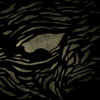 This is one of those kind of albums that is impossible to pigeonhole in any sort of specific genre. There’s some drone elements, but those are mostly overshadowed by tribal drumming. There’s dubby production, but also layers of noise and mutated psychedelic rock. All the while there’s a little bit of metal here and there. Named for a giant squid, this Italian project certainly has its tentacles entangled amongst themselves to create an unclassifiable blur, but it’s a compelling racket.
This is one of those kind of albums that is impossible to pigeonhole in any sort of specific genre. There’s some drone elements, but those are mostly overshadowed by tribal drumming. There’s dubby production, but also layers of noise and mutated psychedelic rock. All the while there’s a little bit of metal here and there. Named for a giant squid, this Italian project certainly has its tentacles entangled amongst themselves to create an unclassifiable blur, but it’s a compelling racket. This is one of those kind of albums that is impossible to pigeonhole in any sort of specific genre. There’s some drone elements, but those are mostly overshadowed by tribal drumming. There’s dubby production, but also layers of noise and mutated psychedelic rock. All the while there’s a little bit of metal here and there. Named for a giant squid, this Italian project certainly has its tentacles entangled amongst themselves to create an unclassifiable blur, but it’s a compelling racket.
This is one of those kind of albums that is impossible to pigeonhole in any sort of specific genre. There’s some drone elements, but those are mostly overshadowed by tribal drumming. There’s dubby production, but also layers of noise and mutated psychedelic rock. All the while there’s a little bit of metal here and there. Named for a giant squid, this Italian project certainly has its tentacles entangled amongst themselves to create an unclassifiable blur, but it’s a compelling racket.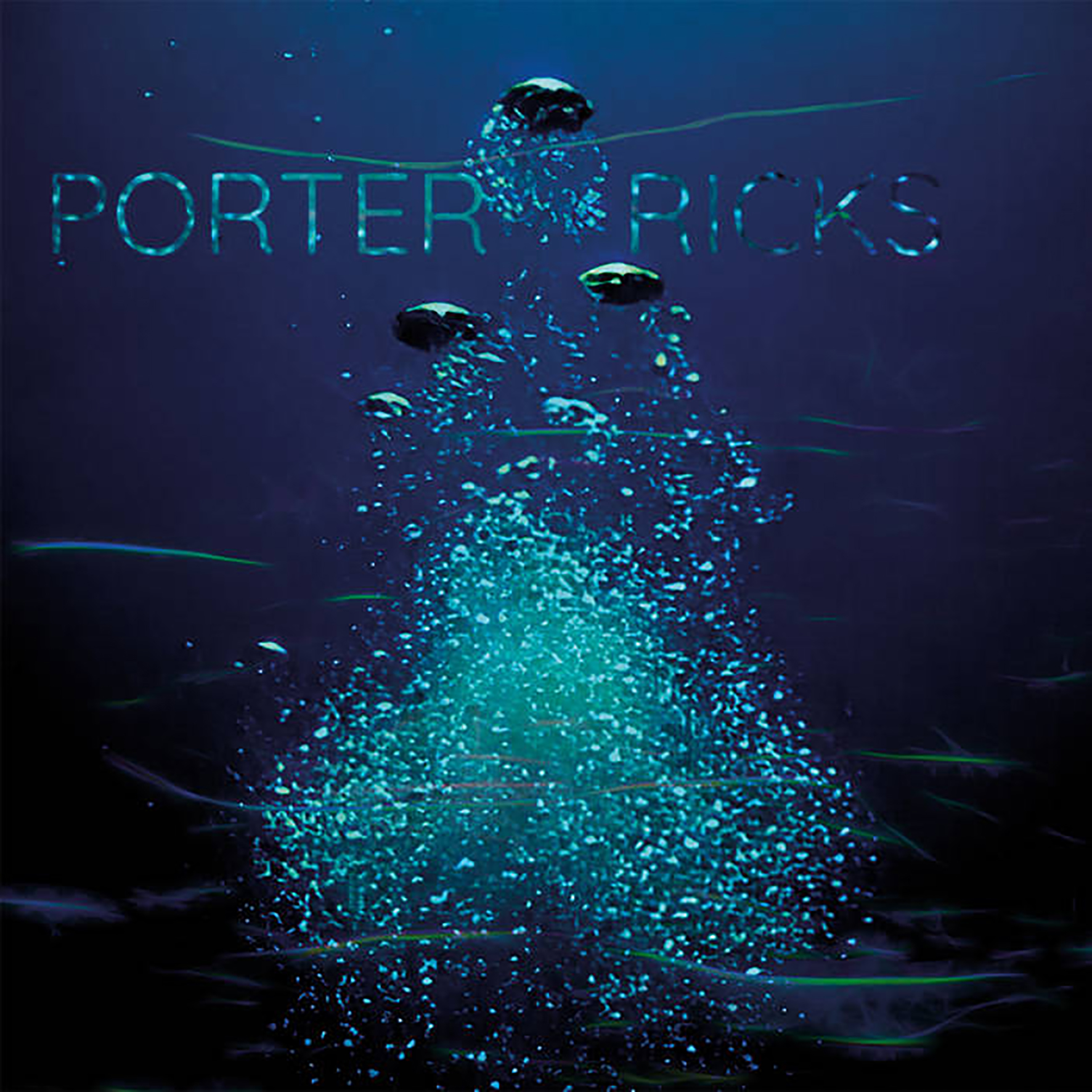 Newly reissued with different artwork, Porter Ricks' second album is a fitfully compelling and somewhat perplexing mixed bag that I somehow managed to never hear until now. My befuddlement is largely due to the fact that the first Porter Ricks album (Biokinetics) is an all-time dub techno classic, so I would have expected Andy Mellwig and Thomas K√∂ner to expand further upon the formula that they had perfected to great acclaim. Instead, the duo took a more stylistically fluid approach, occasionally returning to Biokinetics-style dub, but also dabbling in dark ambient and some unexpectedly funky strains of house music. That said, it is probably wrong to view Biokinetics and this album as intentional statements or clearly delineated phases of a linear artistic evolution, as both releases are compilations of singles and EPs and Biokinetics got all the great Chain Reaction ones from 1996. This one collects all the Force Inc. EPs from the following year, so these pieces could be anything from Chain Reaction-era outtakes to stylistic experiments to a stab at greater accessibility (though that is hard to imagine, given the cold bleakness of K√∂ner's solo work). In any case, there are still enough strong pieces to make this an enjoyable album, but anyone hoping for the focus and distinctive vision of Biokinetics will probably want to moderate their expectations a bit before diving into this one.
Newly reissued with different artwork, Porter Ricks' second album is a fitfully compelling and somewhat perplexing mixed bag that I somehow managed to never hear until now. My befuddlement is largely due to the fact that the first Porter Ricks album (Biokinetics) is an all-time dub techno classic, so I would have expected Andy Mellwig and Thomas Köner to expand further upon the formula that they had perfected to great acclaim. Instead, the duo took a more stylistically fluid approach, occasionally returning to Biokinetics-style dub, but also dabbling in dark ambient and some unexpectedly funky strains of house music. That said, it is probably wrong to view Biokinetics and this album as intentional statements or clearly delineated phases of a linear artistic evolution, as both releases are compilations of singles and EPs and Biokinetics got all the great Chain Reaction ones from 1996. This one collects all the Force Inc. EPs from the following year, so these pieces could be anything from Chain Reaction-era outtakes to stylistic experiments to a stab at greater accessibility (though that is hard to imagine, given the cold bleakness of Köner's solo work). In any case, there are still enough strong pieces to make this an enjoyable album, but anyone hoping for the focus and distinctive vision of Biokinetics will probably want to moderate their expectations a bit before diving into this one.
This uneven and eclectic collection of songs makes a lot more sense if one considers how they were originally released, as the album is essentially four stand-alone singles and their flipsides. And in classic dub fashion, the B-sides tend to be variations of the raw material from the A-side, so there are basically four separate thematically unified clusters of songs here. There is one notable exception, however, and it is the album's longest and strongest piece: "Scuba Lounge." I do not believe it ever surfaced on a single before appearing on this full length (the Trident EP featured a different "Scuba" piece), but it definitely sounds like it should have been on Biokinetics. It opens in deceptively formless fashion, elegantly blurring together burbling scuba sounds and ominous industrial ambiance, but soon coheres into a killer menacing groove of gurgling bass and seething, slow-motion crunch. The other pieces closest to the Biokinetics vein are "Redundance" series from the Vol 1 and Vol 2 EPs. My favorite of the lot is "Redundance 3," which combines the relentless forward motion of its shuffling beat with an impressively gelatinous and gnarled sounding synth motif. The remaining four "Redundance" pieces are a surprisingly varied lot, taking roughly the same themes in very different directions, as Köner and Mellwig alternately veer into hissing, coldly futuristic ambient ("Redundance (Version)"), a sensually kitschy vintage burlesque show groove ("Redundance 5"), and—weirdest of all—a Bo Diddly beat ("Redundance 6"). Similarly wrongfooting are the pieces from Explore/Exposed and Spoil/Spoiled. For example, "Explore" sounds like a New Jack Swing groove augmented with a very insistent wah-wah guitar theme, which the flip resembles guitars from The Church mashed together with a hypercaffeinated, percussion-heavy, and out-of-control strain of synth pop. That said, "Spoil" is inarguably the biggest shock of the album, as an unrelenting house thump barrels along with a very in-your-face funk bass line and some jangly guitars. It sounds far more like a purposely ham-fisted house remix of an A Certain Ratio single than anything I would expect from Porter Ricks. The smeared, hallucinatory, and submerged-sounding flipside ("Spoiled") is right up my alley though, approximating a building-shaking rave as heard from a neighboring alley. While I wish I loved more than a handful of songs here, I am delighted that this reissue called my attention to a few old classics that were new to me, as Porter Ricks has a tragically lean discography for an influential project that has now spanned a quarter century.
Samples can be found here.
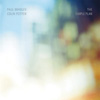 This latest collaboration between Nurse With Wound’s Colin Potter and guitarist/Twenty Herz label-head Paul Bradley is an experiment in returning to an earlier, less complicated way of making an album: only two guys in a studio with some instruments. Despite that, it is not a stunning or radical departure from either musician’s past solo work, though it bears a stronger resemblance to ambient’s early days than usual. It was an inspired move in theory, but the end result suggests that making music the complicated way might be a still better idea.
This latest collaboration between Nurse With Wound’s Colin Potter and guitarist/Twenty Herz label-head Paul Bradley is an experiment in returning to an earlier, less complicated way of making an album: only two guys in a studio with some instruments. Despite that, it is not a stunning or radical departure from either musician’s past solo work, though it bears a stronger resemblance to ambient’s early days than usual. It was an inspired move in theory, but the end result suggests that making music the complicated way might be a still better idea.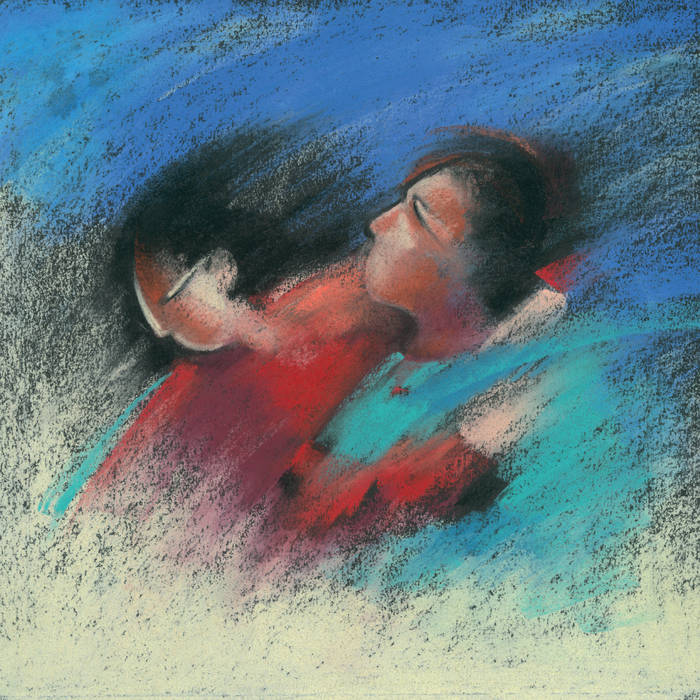 In 1992, 8-bit samplers were cutting-edge gear. This reissue of Chaleur Humaine by French siblings Danielle and Didier Jean, shows Didier's use of a sampler to reshape and project his sister‚Äôs voice into a memorable, magical-sounding dream world with barely discernible hints of doom under the glossy enveloping surface. At times it is reminiscent of the tracks "Alsee," "Criminie," "Bruma," and " Wask," on Nuno Canavarro‚Äôs Plux Quba (1988). Very different albums in some senses, but in a wildly imperfect analogy, the recognizable voice parts on Plux are like Elizabeth Fraser hiccuping through tubes in an Yves Tanguy surrealist painting whereas Chaleur resembles Virginia Astley and Sheila Chandra harmonizing with helium-high hedgehogs in a symbolist landscape by Marc Chagall.
In 1992, 8-bit samplers were cutting-edge gear. This reissue of Chaleur Humaine by French siblings Danielle and Didier Jean, shows Didier's use of a sampler to reshape and project his sister’s voice into a memorable, magical-sounding dream world with barely discernible hints of doom under the glossy enveloping surface. At times it is reminiscent of the tracks "Alsee," "Criminie," "Bruma," and " Wask," on Nuno Canavarro’s Plux Quba (1988). Very different albums in some senses, but in a wildly imperfect analogy, the recognizable voice parts on Plux are like Elizabeth Fraser hiccuping through tubes in an Yves Tanguy surrealist painting whereas Chaleur resembles Virginia Astley and Sheila Chandra harmonizing with helium-high hedgehogs in a symbolist landscape by Marc Chagall.
A poem recurs throughout Chaleur Humaine in a variety of languages, including English, Russian, Arabic, Hebrew, and Vietnamese: "It’s this force, almost animal, warm, like a kiss, fresh like the morning dew, that we call human warmth" but not even that can derail this sultry cinematic music. Wordless vocalizing is used as glitchy percussive punctuation and haunting backdrop. Spoken word combines with splashes of metallic synth, angelic and robotic gibbering, as Didier digitally accelerates, delays and reverses sound sources to create an ambient landscape across which the imagination may travel. I felt I was in a futuristic sound sauna one minute and the next was at the wheel of a car, filmed from above, speeding across deserts, gliding over bridges, and easing through streets ablaze with neon nightlife.
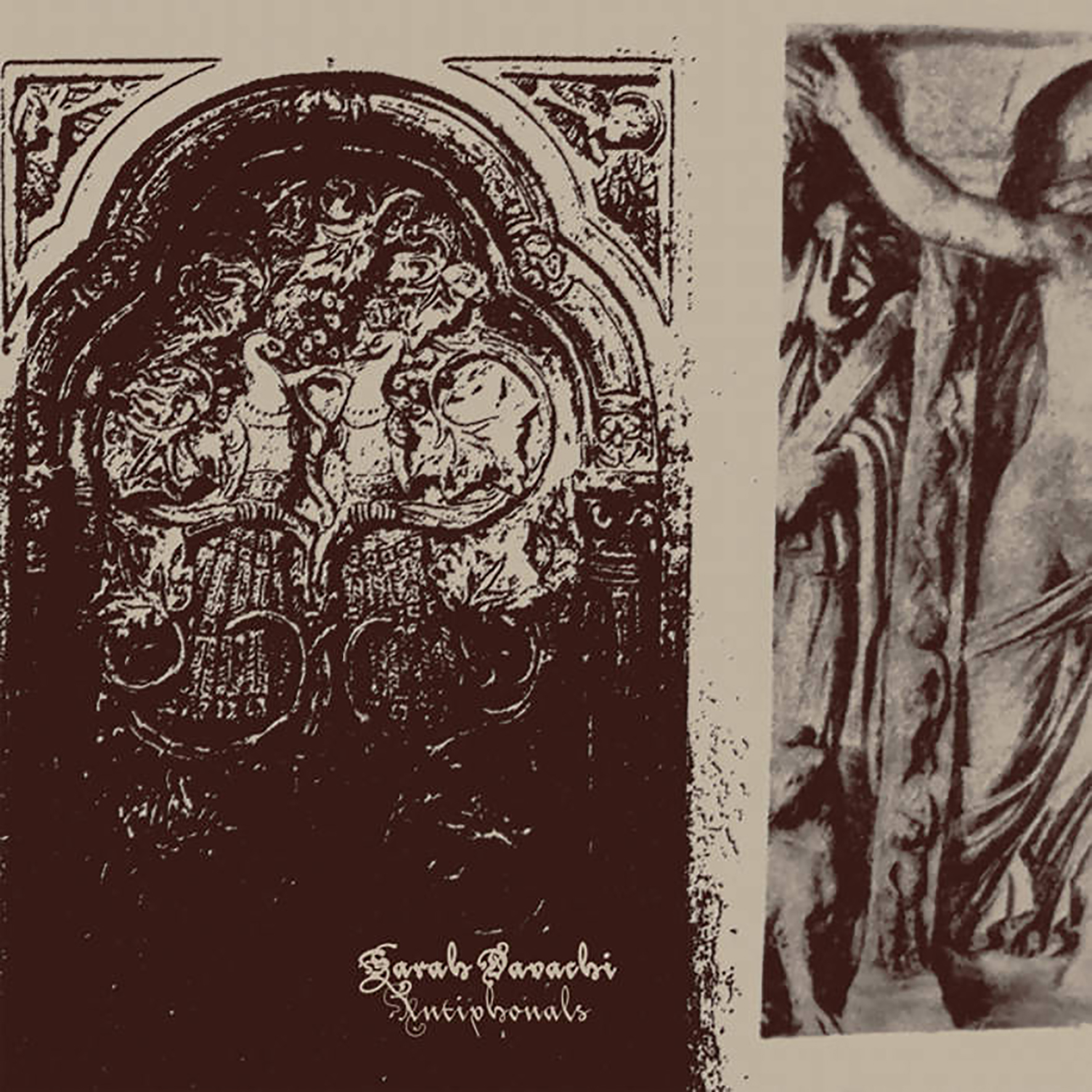 In my review of Cantus Figures Laurus last month, I half-jokingly noted that Sarah Davachi's creative arc seems unavoidably headed towards composing a full-on Mellotron-driven prog rock opus. While she has not quite reached that dubious culminating achievement yet, Antiphonals is arguably another significant step in that direction, as it is very Mellotron-centric and the vinyl release features a sticker comparing it to a prog album with everything removed except the keyboard parts. For the most part, however, the change in instrumentation did not inspire any particularly dramatic stylistic transformations, as Antiphonals mostly picks up right where Cantus, Descant left off, which is somewhere best described as "like a blurred, stretched, and deconstructed organ mass." In keeping with that theme, both an electric organ and a pipe organ are featured (along with plenty of other instruments), yet the resemblance to an organ mass is more spiritual than overt this time around. In more concrete terms, that means that Davachi's sound palette has broadened a bit from Cantus, but she is still very much focused on somberly meditative moods, glacial melodies, bleary drones, and subtle harmonic transformations.
In my review of Cantus Figures Laurus last month, I half-jokingly noted that Sarah Davachi's creative arc seems unavoidably headed towards composing a full-on Mellotron-driven prog rock opus. While she has not quite reached that dubious culminating achievement yet, Antiphonals is arguably another significant step in that direction, as it is very Mellotron-centric and the vinyl release features a sticker comparing it to a prog album with everything removed except the keyboard parts. For the most part, however, the change in instrumentation did not inspire any particularly dramatic stylistic transformations, as Antiphonals mostly picks up right where Cantus, Descant left off, which is somewhere best described as "like a blurred, stretched, and deconstructed organ mass." In keeping with that theme, both an electric organ and a pipe organ are featured (along with plenty of other instruments), yet the resemblance to an organ mass is more spiritual than overt this time around. In more concrete terms, that means that Davachi's sound palette has broadened a bit from Cantus, but she is still very much focused on somberly meditative moods, glacial melodies, bleary drones, and subtle harmonic transformations.
As was previously the case with Cantus, Descant, Antiphonals' title plainly states the compositional theme of the album. The term is usually applied to liturgical or traditional choral music and roughly means that two choirs are singing different themes that interact with each other. While there are not any choirs here, the album’s overarching aesthetic seems to be sketchlike compositions in which Davachi brings together two simple motifs to rub up against one another in interesting ways. I say "sketchlike" because she does not seem particularly interested in crafting strong melodies or complete compositional arcs for most of these pieces, opting to instead zoom in closely on harmonies and textures that tend to come to an abrupt end when a piece has run its course. That said, the album does feature one (somewhat) fully formed and melodic centerpiece ("Gradual of Image") that combines minor key acoustic arpeggios, a quietly gorgeous organ melody, and fluttering, dreamy layers of Mellotron. That is Davachi's most "prog" moment and it executed beautifully. For me, however, the album’s zenith is the ghostly drone of "Magdalena," which sounds like a spectral brass ensemble conjuring slow motion waves of aching melancholy. It is a masterful slow burn, gradually revealing shifting patterns and warm harmonies. In fact, it may be one of the most perfect pieces that Davachi has composed to date, so the album's primary allure is "one killer drone piece and a very promising prog detour," but a couple of the remaining pieces are compelling as well. For example, "Border of Mind" initially sounds like a murky tape of a small string ensemble trying their damnedest to acoustically replicate Sunn O)))'s gnarled and blown-out drones, but it quickly dissolves into a hallucinatory coda of smeared flutes and uneasily dissonant harmonies. Elsewhere, "Rushes Recede" takes the opposite route, as bleary flute-like Mellotron drones gradually blossom into something resembling a sublime organ mass. For me, "Rushes Recede" feels like the third and final highlight of the album, yet fans who are more enamored with Davachi's recent indulgently minimal "ancient cathedral" direction will likely find Antiphonals to be a worthy successor to Cantus, Descant. While this is admittedly not my favorite side of her work, I can still very much appreciate the way she is slowing down and burrowing deeper, as though she is tenaciously peeling away layer after layer of craft to get to the pure essence of her vision.
Samples can be found here.
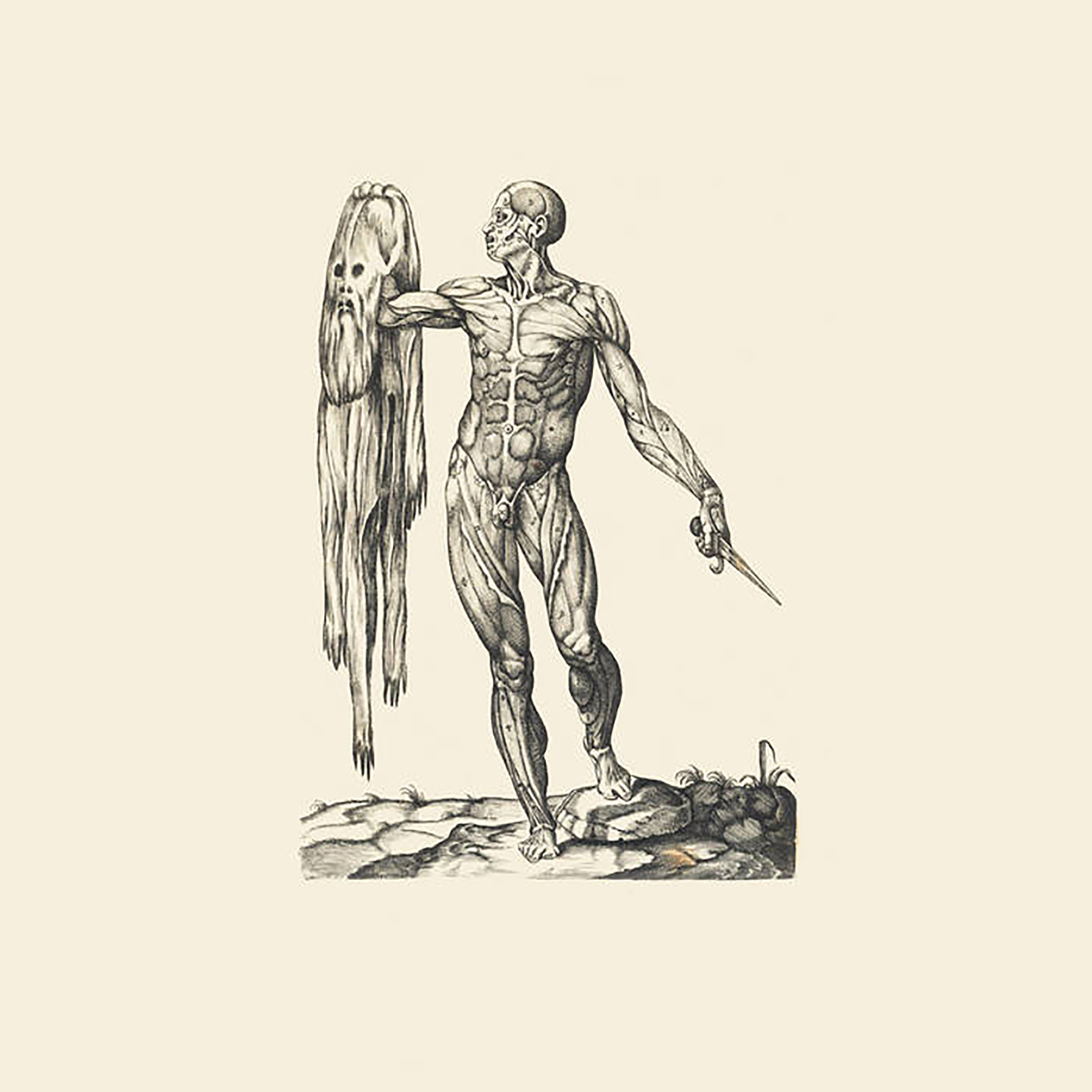 One of the many surprises of the last few years has been the current pipe organ renaissance unfolding in the experimental music world (your days are numbered, modular synths!). Thankfully, we still seem to be in the honeymoon phase of that phenomenon, as the vanguard of Kali Malone, Sarah Davachi, and Lawrence English are all fairly consistent in exclusively releasing strong and/or interesting albums. This latest release is English's second (after last year's Lassitude) to focus entirely upon pieces composed on an 19th century organ housed in Brisbane's The Old Museum. This is a very different album than its predecessor, however, as Lassitude was comprised of homages to Éliane Radigue and Phill Niblock. On Observation of Breath, English instead derives conceptual inspiration from Charlemagne Palestine's "maximal minimalism" as well as the mechanics of breathing (quite relevant when pipe organs are involved). There is one more favorable similarity to Lassitude, however, as this album also features one stone-cold masterpiece that spans an entire side of vinyl.
One of the many surprises of the last few years has been the current pipe organ renaissance unfolding in the experimental music world (your days are numbered, modular synths!). Thankfully, we still seem to be in the honeymoon phase of that phenomenon, as the vanguard of Kali Malone, Sarah Davachi, and Lawrence English are all fairly consistent in exclusively releasing strong and/or interesting albums. This latest release is English's second (after last year's Lassitude) to focus entirely upon pieces composed on an 19th century organ housed in Brisbane's The Old Museum. This is a very different album than its predecessor, however, as Lassitude was comprised of homages to Éliane Radigue and Phill Niblock. On Observation of Breath, English instead derives conceptual inspiration from Charlemagne Palestine's "maximal minimalism" as well as the mechanics of breathing (quite relevant when pipe organs are involved). There is one more favorable similarity to Lassitude, however, as this album also features one stone-cold masterpiece that spans an entire side of vinyl.
As English amusingly notes in his album description, Observation of Breath was composed and recording during a soft lockdown in which he "spent many days playing to an empty concert hall." He also states that he considers these four pieces a collaboration between himself and the pipe organ, which is not intended a mere nicety, as he viewed their interaction similarly to the mind/body dialogue of breathing (hence the album's title). In essence, English was consciously "breathing" for the pipe organ, as he strove to achieve a compelling balance of power (exhalations stacked in unison) and "elegant uncertainty" (the moments when breath becomes unsteady and fading). Knowing all of that failed to fully prepare me for the harrowing "The Torso" though, as English unleashes deep bass drones augmented with plenty of hiss, industrial ambiance, and nightmarish whine (I especially enjoyed the parts that sounded like a seasick air raid siren). The following "A Binding" is considerably less radical, lying somewhere between "textbook drone done well" and "multiple drones with differing oscillation patterns ingeniously intertwined." To my ears, it is the least strong piece on the album, but I still like it. And I love “And A Twist,” as it feels like a hallucinatory organ mass that keeps tying itself into murky knots of dissonance. Sadly, it clocks in under three minutes, but is easy to imagine an extended version rivaling Catherine Christer Hennix’s The Electric Harpsichord for the crown of "best album that sounds like a vampire on hallucinogens blasting out a sinister solo in his lonely mountaintop castle."
Fortunately, the closing title piece makes a great consolation prize for that missed opportunity. "Observation Of Breath" initially sounds like a viscous fog of dread oozing across a deep sustained drone, but English gradually enhances that with more harmonic color as the piece glacially unfolds. The truly inspired part comes when English begins to "explore the sonic qualities of different frequency spectra," however, as the piece blossoms into an all-enveloping and seismic drone juggernaut that feels like it is tuned to the resonant frequency of the earth (or at least of my apartment walls). As such, the primary appeal of this release for me is that it contains one of the greatest drone pieces ever recorded, but it is a damn strong album as a whole too. English is in peak form here.
Samples may be found here.
 This is purportedly the final album in Soundway’s excellent Nigeria Special series (a fact that causes me no small amount of pain), but at least it is concluding in fine form. While some of the previous albums may have hit higher highs, the breezy, laid-back songs collected here might be the most consistently strong and listenable batch yet (though without entirely forgoing eccentricity). This will likely be the soundtrack for my summer.
This is purportedly the final album in Soundway’s excellent Nigeria Special series (a fact that causes me no small amount of pain), but at least it is concluding in fine form. While some of the previous albums may have hit higher highs, the breezy, laid-back songs collected here might be the most consistently strong and listenable batch yet (though without entirely forgoing eccentricity). This will likely be the soundtrack for my summer.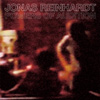 Few current artists are as conspicuously detached from their own era as San Francisco’s Jonas Reinhardt, as there is essentially nothing on Powers of Audition or 2008’s self-titled debut that betrays any inspiration gleaned from the last two decades of recorded music (or culture in general). Nevertheless, his influences are pretty eclectic within the narrow confines of analog’s golden age, as hints of space rock, early synth experimentalism, krautrock, and forgotten cult film soundtracks all find their way into his defiantly dated aesthetic.
Few current artists are as conspicuously detached from their own era as San Francisco’s Jonas Reinhardt, as there is essentially nothing on Powers of Audition or 2008’s self-titled debut that betrays any inspiration gleaned from the last two decades of recorded music (or culture in general). Nevertheless, his influences are pretty eclectic within the narrow confines of analog’s golden age, as hints of space rock, early synth experimentalism, krautrock, and forgotten cult film soundtracks all find their way into his defiantly dated aesthetic. 99% is the record that significantly expanded Meat Beat Manifesto’s audience by narrowing the band’s sound. It was somehow smaller, cleaner, and less ambitious than the records before it, but it managed to give the band a voice that a wider audience could understand.
99% is the record that significantly expanded Meat Beat Manifesto’s audience by narrowing the band’s sound. It was somehow smaller, cleaner, and less ambitious than the records before it, but it managed to give the band a voice that a wider audience could understand. Lopez’ music has a way of getting under my skin, in the same way the faint whine from fluorescent lights and computer screens in an office or the background hum of refrigerators and appliances at home do. While listening to Amarok it becomes part of the environment and the mind filters out its steady subliminal assault. At times I almost forgot I had an album playing, but then the pressure either built up with noise reasserting itself, or it halted abruptly at which times I felt an immediate sense of ease and relaxation. These moments don’t last though and the underlying anxiety (both frigid and animalistic) inevitably returns.
Lopez’ music has a way of getting under my skin, in the same way the faint whine from fluorescent lights and computer screens in an office or the background hum of refrigerators and appliances at home do. While listening to Amarok it becomes part of the environment and the mind filters out its steady subliminal assault. At times I almost forgot I had an album playing, but then the pressure either built up with noise reasserting itself, or it halted abruptly at which times I felt an immediate sense of ease and relaxation. These moments don’t last though and the underlying anxiety (both frigid and animalistic) inevitably returns. What initially drew me to Anthony Mangicapra’s work was his reminiscence to classic Nurse With Wound and irr. app. (ext.) pieces and over the last few years his own style has become more distinct, his own artistic voice becoming a firm command to listen. On this cassette, the sound he has been developing appears to have undergone another shift and both sides of the tape reveal new facets of his approach to sound.
What initially drew me to Anthony Mangicapra’s work was his reminiscence to classic Nurse With Wound and irr. app. (ext.) pieces and over the last few years his own style has become more distinct, his own artistic voice becoming a firm command to listen. On this cassette, the sound he has been developing appears to have undergone another shift and both sides of the tape reveal new facets of his approach to sound.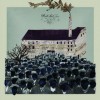 Among the current crop of instrumental bands that worship at the shrine of Cluster, Tangerine Dream, and Manuel G√∂ttsching, Roll the Dice are perhaps the most underrated. In the wake of their enjoyable, self-titled debut on Digitalis last year, In Dust is a massive step forward‚Äîas striking and cinematic as the best synth-based albums I've heard in recent years.
Among the current crop of instrumental bands that worship at the shrine of Cluster, Tangerine Dream, and Manuel Göttsching, Roll the Dice are perhaps the most underrated. In the wake of their enjoyable, self-titled debut on Digitalis last year, In Dust is a massive step forward—as striking and cinematic as the best synth-based albums I've heard in recent years.
 After a brief introductory song that sets the languid tone, the second throws out a hook with a luxurious bass line, reeling me in. At this point bootgazing becomes the order of the day. On their seventh release the duo easily straddles starry eyed left-field pop and drones as expansive as America's western plains.
After a brief introductory song that sets the languid tone, the second throws out a hook with a luxurious bass line, reeling me in. At this point bootgazing becomes the order of the day. On their seventh release the duo easily straddles starry eyed left-field pop and drones as expansive as America's western plains.
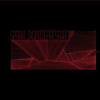 Frank Baugh has been beguiling me with his warm and wobbly soundscapes for a couple of years now, but this is his first "proper" album.  I wasn't quite sure what to expect, as I have only heard a fraction of his vast catalog of limited-edition tapes and CD-Rs, making it very difficult to follow his chronological evolution. Also, I was secretly hoping that he was holding back some truly staggering material for his auspicious vinyl debut. After hearing it, I don’t think Fields and String eclipses his past work, takes things to another level, or delivers any major surprises, but it certainly reaffirms what myself and Frank's small-but-devoted following already knew: he makes some uniquely beautiful music.
Frank Baugh has been beguiling me with his warm and wobbly soundscapes for a couple of years now, but this is his first "proper" album.  I wasn't quite sure what to expect, as I have only heard a fraction of his vast catalog of limited-edition tapes and CD-Rs, making it very difficult to follow his chronological evolution. Also, I was secretly hoping that he was holding back some truly staggering material for his auspicious vinyl debut. After hearing it, I don’t think Fields and String eclipses his past work, takes things to another level, or delivers any major surprises, but it certainly reaffirms what myself and Frank's small-but-devoted following already knew: he makes some uniquely beautiful music.
 This rather unusual anthology compiles the nascent works of pioneering electronic/computer composer Pietro Grossi and several of his contemporaries and collaborators. Unsurprisingly, the music assembled is often quite challenging, discordant, minimal, somewhat primitive, and historically important. Unexpectedly, however, several of these 40-year-old pieces sound like they could have been recorded today. I am not sure how much direct influence Grossi may have had on the contemporary electronic avant-garde scene (given the historic rarity of his recordings), but he certainly anticipated and explored many now-commonplace elements of extreme/outré music decades before the rest of the world caught on.
This rather unusual anthology compiles the nascent works of pioneering electronic/computer composer Pietro Grossi and several of his contemporaries and collaborators. Unsurprisingly, the music assembled is often quite challenging, discordant, minimal, somewhat primitive, and historically important. Unexpectedly, however, several of these 40-year-old pieces sound like they could have been recorded today. I am not sure how much direct influence Grossi may have had on the contemporary electronic avant-garde scene (given the historic rarity of his recordings), but he certainly anticipated and explored many now-commonplace elements of extreme/outré music decades before the rest of the world caught on.
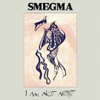 “Is that goo or tears coming from your eyes?” Is that noise or music coming from my speakers? This incredible overview of Smegma’s early work is a bounty of strange sounds, haunting atmospheres and some of the weirdest music put on tape. Across 6 LPs and a DVD, Smegma’s formative years spill out like maggots from a freshly disturbed corpse. Yet each of the maggots grows and becomes one of a plethora of magnificent, bizarre chimeras. This is gloriously wild stuff.
“Is that goo or tears coming from your eyes?” Is that noise or music coming from my speakers? This incredible overview of Smegma’s early work is a bounty of strange sounds, haunting atmospheres and some of the weirdest music put on tape. Across 6 LPs and a DVD, Smegma’s formative years spill out like maggots from a freshly disturbed corpse. Yet each of the maggots grows and becomes one of a plethora of magnificent, bizarre chimeras. This is gloriously wild stuff. Scott Morgan is something of an anomaly in the field of ambient music for having a simple and clear purpose: releasing a consistent stream of reliably good albums. He has no clear avant-garde pretensions, nor any reliance on high-concept philosophical underpinnings or improvisation. He just turns out dense, composed, and immersive washes of sound, year after year. Anyone that has heard Loscil before probably has a pretty good idea of what Endless Falls sounds like, but there is an unexpected surprise at the end that may signal a bold new direction.
Scott Morgan is something of an anomaly in the field of ambient music for having a simple and clear purpose: releasing a consistent stream of reliably good albums. He has no clear avant-garde pretensions, nor any reliance on high-concept philosophical underpinnings or improvisation. He just turns out dense, composed, and immersive washes of sound, year after year. Anyone that has heard Loscil before probably has a pretty good idea of what Endless Falls sounds like, but there is an unexpected surprise at the end that may signal a bold new direction.
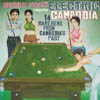 This compiles 14 rare tracks from innocent, energetic and progressive 1960s and early 1970s Cambodia; a time which Pol Pot and the Khmer Rouge (with plenty of help from Western friends) would attempt to obliterate.
This compiles 14 rare tracks from innocent, energetic and progressive 1960s and early 1970s Cambodia; a time which Pol Pot and the Khmer Rouge (with plenty of help from Western friends) would attempt to obliterate.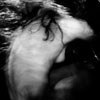 On their debut collaboration, percussionist Steven Hess (Haptic) and Reto Mader (Sum of R) create brilliant film score-ish compositions that, on the surface, are as dark and bleak as any that can be imagined, but the structure and instrumentation used give far more depth and variation to what otherwise could be mundane and trite. The result is a diverse set of pieces that prove there are a wide gradient of shades of gray.
On their debut collaboration, percussionist Steven Hess (Haptic) and Reto Mader (Sum of R) create brilliant film score-ish compositions that, on the surface, are as dark and bleak as any that can be imagined, but the structure and instrumentation used give far more depth and variation to what otherwise could be mundane and trite. The result is a diverse set of pieces that prove there are a wide gradient of shades of gray.


